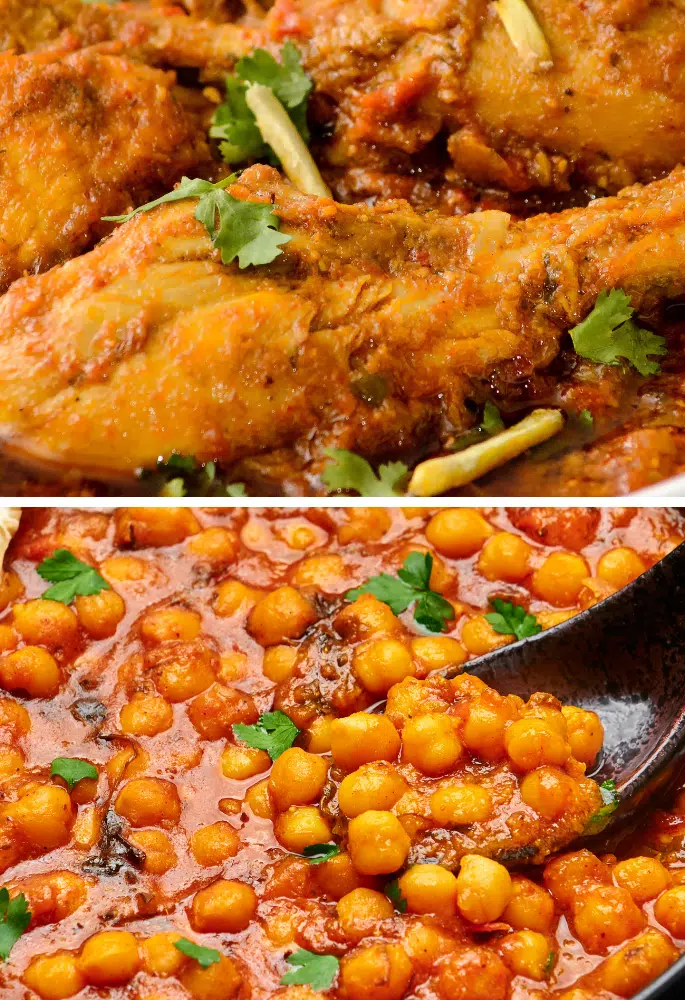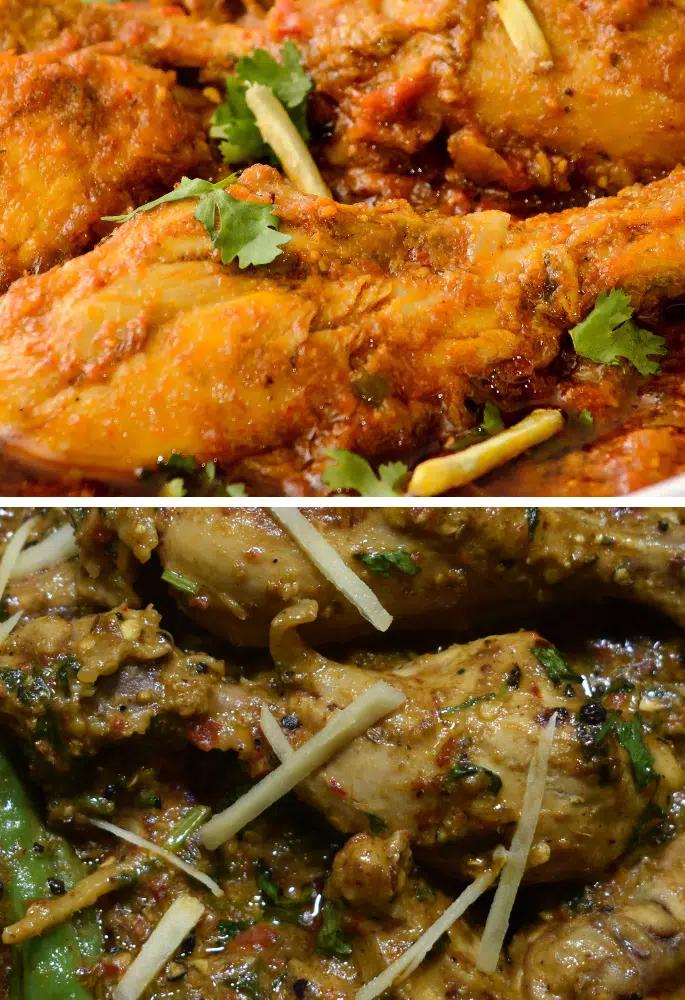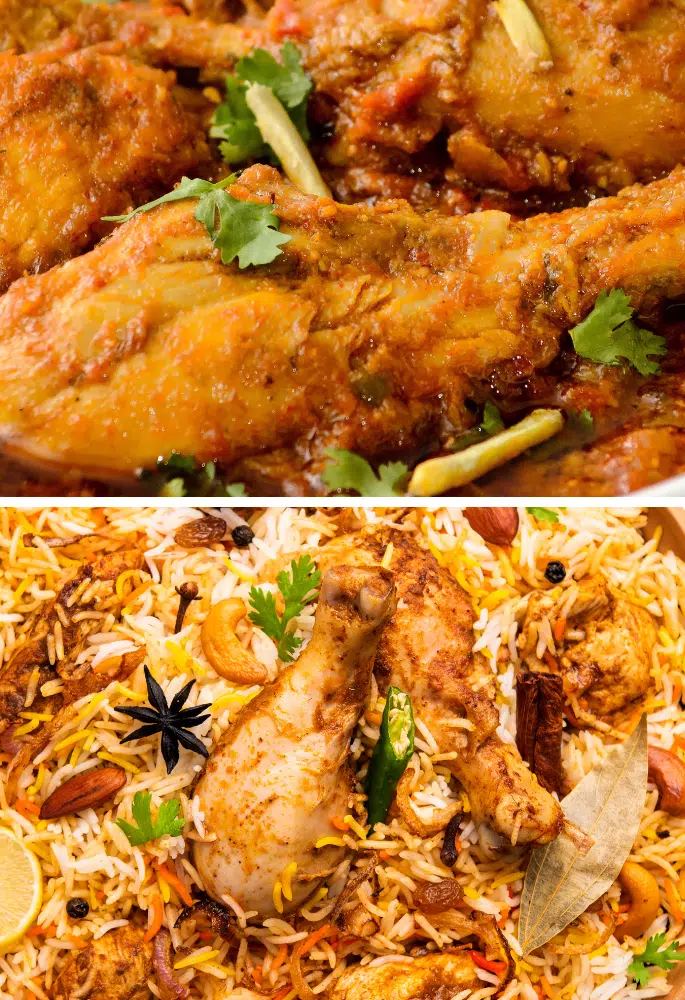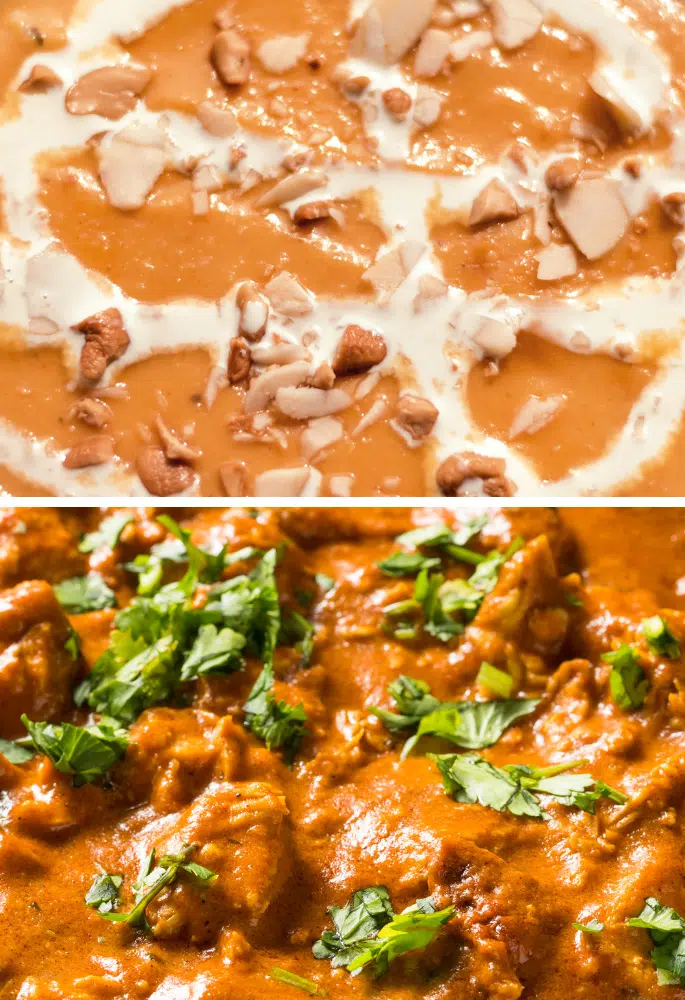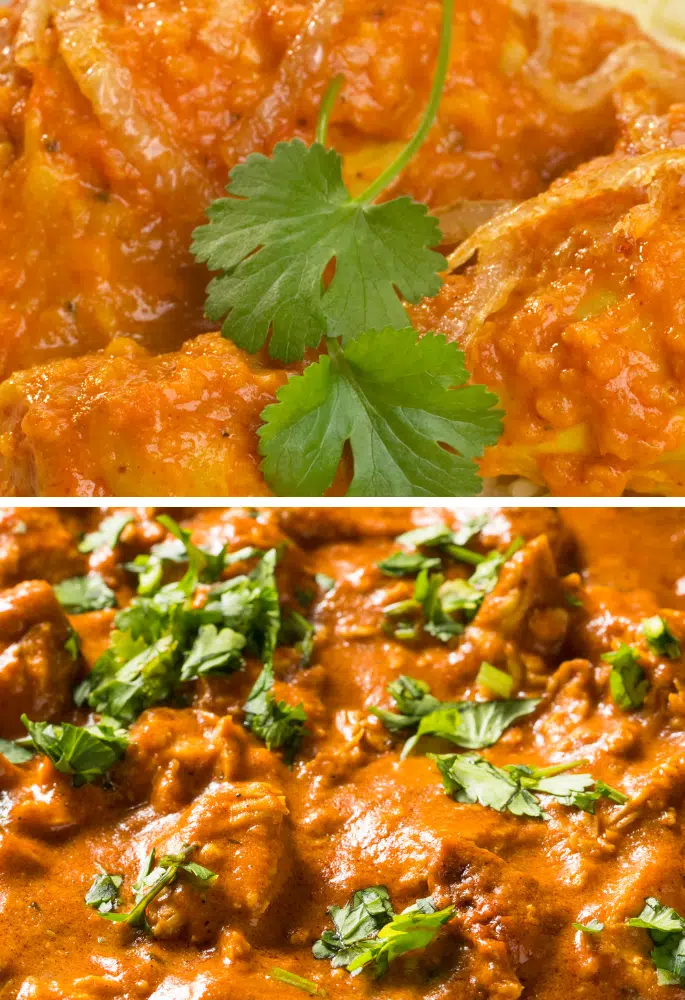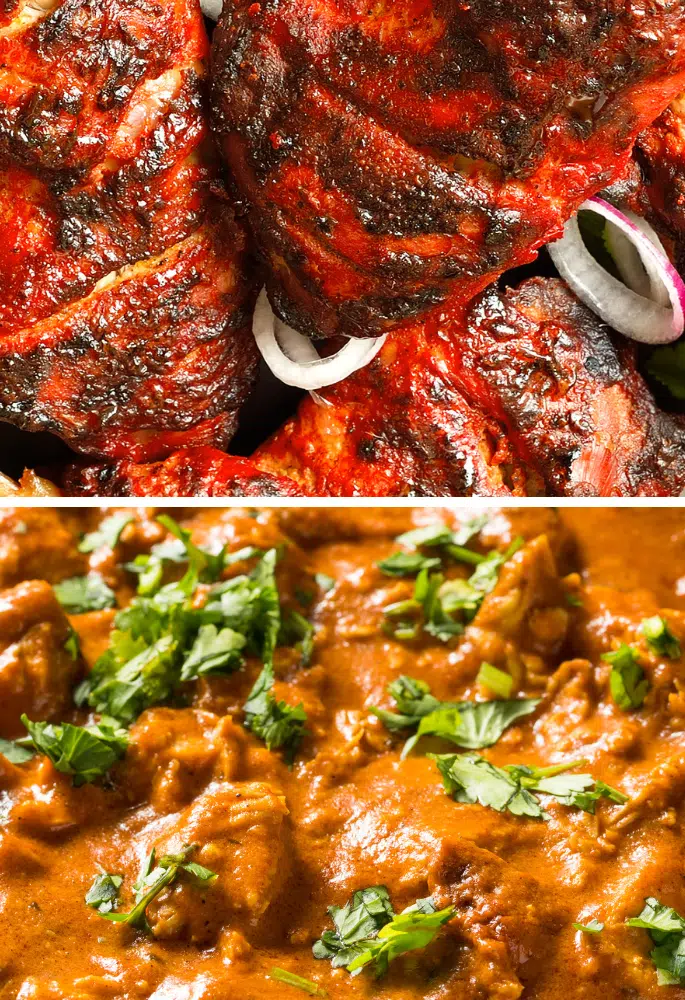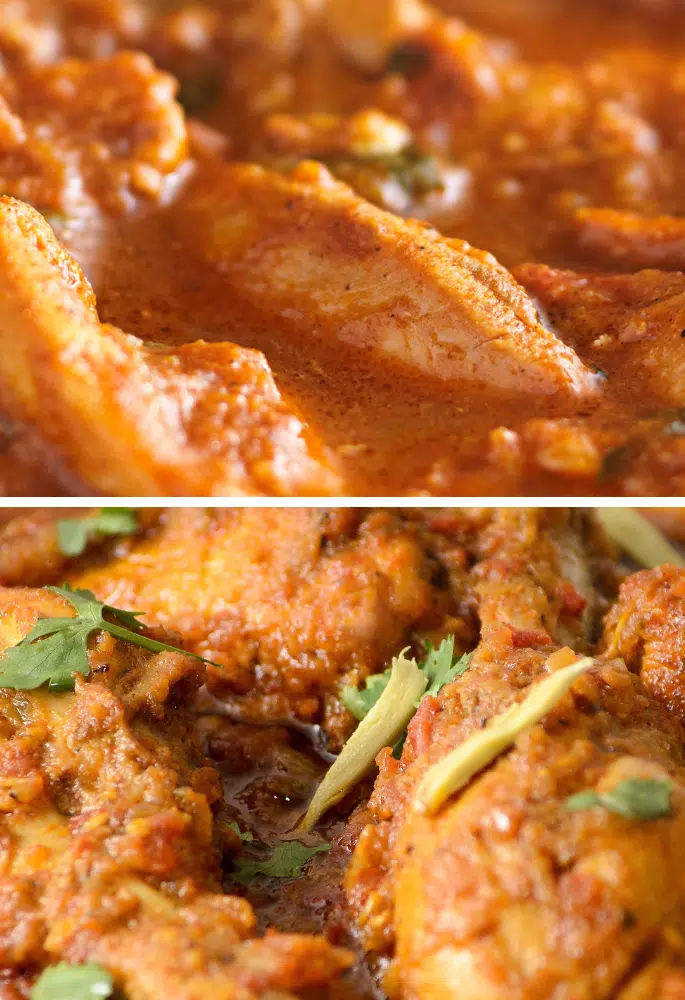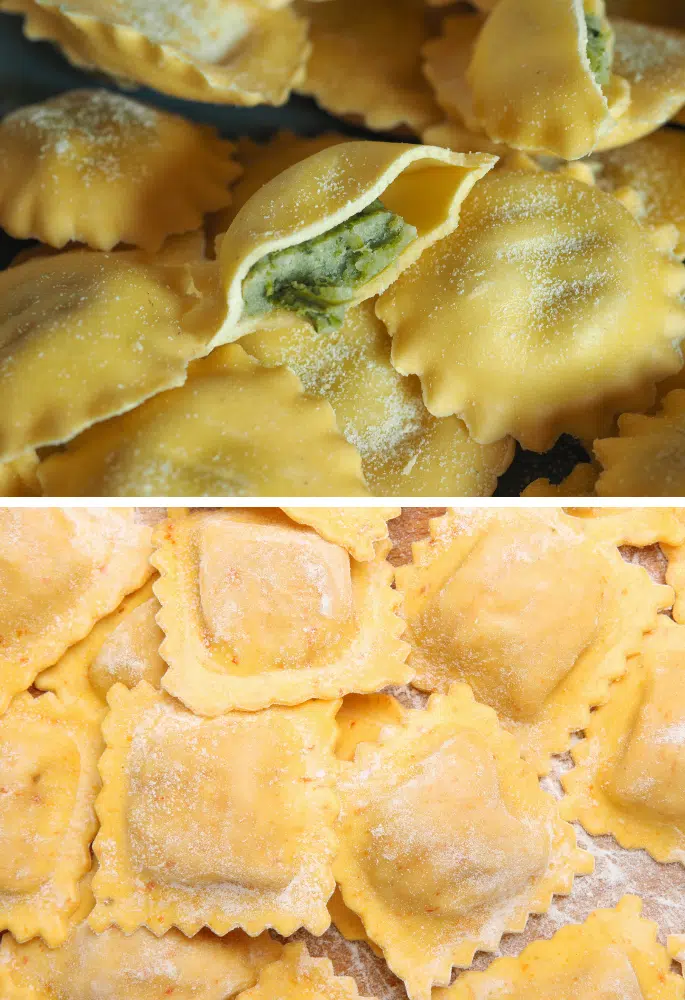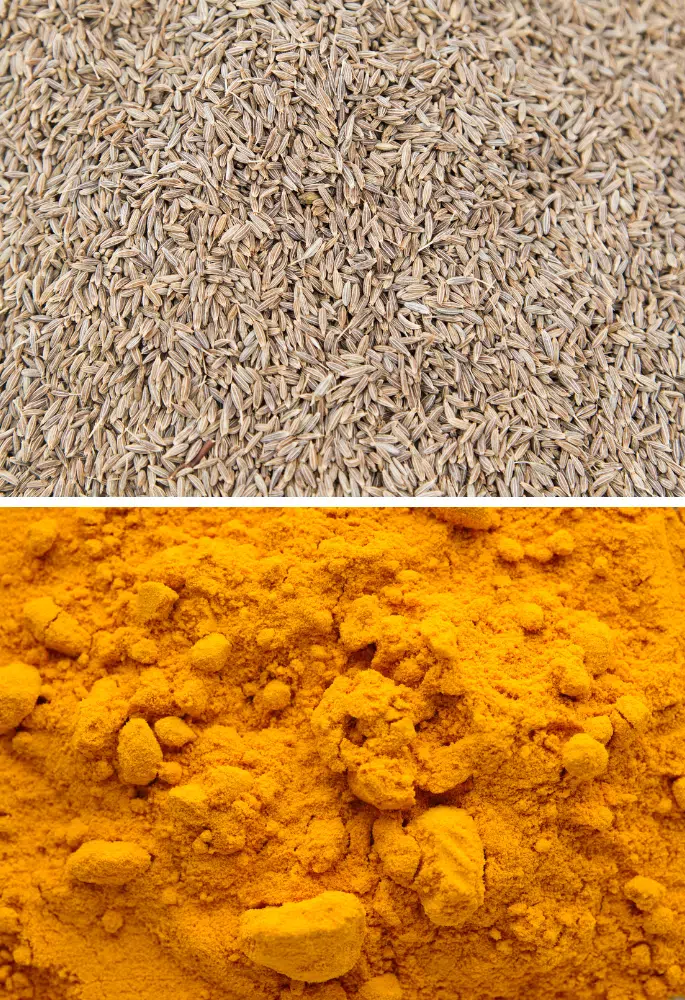When you are only used to cooking dishes with ingredients that are local to you and your culture, it can often be an overwhelming experience exploring other ingredients and learning just how many varieties there are out there.
For lesser-used ingredients like radishes, understanding their various varieties can be a bit trickier. So here is a quick breakdown of two related vegetables – Korean radish and daikon.
Though they are both parts of the radish family, daikon is much sweeter than Korean radish. Daikon remains just as sweet when cooked, whereas Korean radish loses its limited sweetness the longer it is cooked.
What is Korean Radish?
What the rest of the world knows as Korean radish (or simply radish to those in Korea) is not the same as the tiny pink radish that is grown in the UK. For starters, Korean radish is white with bright green leaves. They are also larger than English radishes, but are still short.
Despite being short, Korean radishes are thick and stocky. So much so that they retain a firmness even once cooked, though this can add a wonderful crunchy element to your dish.
As for the taste, the main body of a Korean radish has the distinct peppery flavour of most radish varieties but with a balancing sweetness to accompany it. If you are not a fan of the peppery kick, cooking Korean radish for long enough will dilute the taste.
Korean radish leaves have their own uses in Korean cuisine and are seen as no less important that the main radish itself. The soft leaves can be dried or fried and used similarly to cabbage.
You can eat Korean radish both cooked and raw. Just note that the impactful sweetness and pepperiness will become diluted once the radish is cooked, so it is much tastier raw.
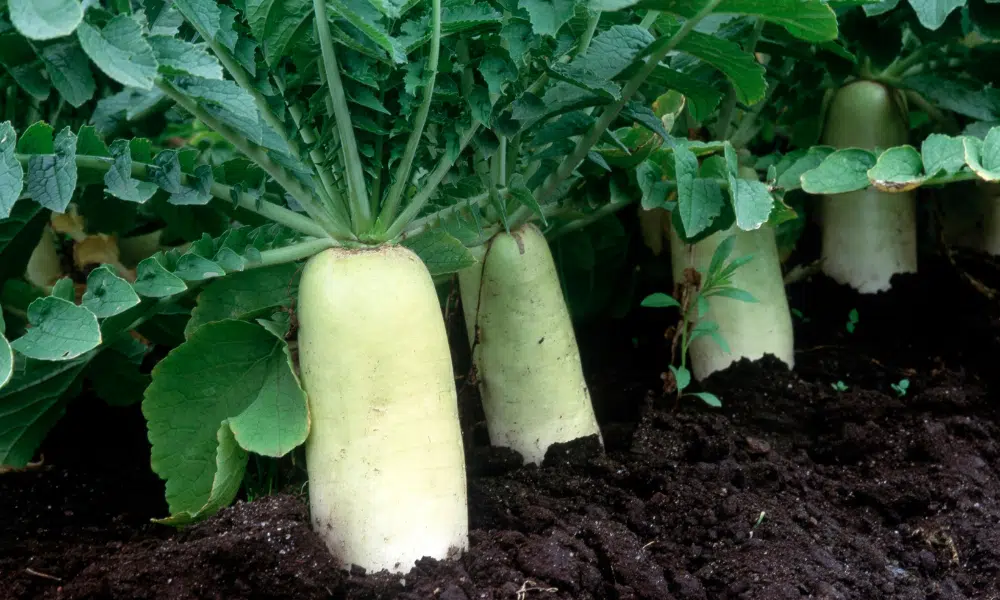
What is Daikon?
Also known as the winter radish, daikon is a radish through and through. From its bright green leafy tops to its surprisingly juicy, crispy texture when raw. As far as radishes go, it is amongst the larger varieties, growing up to 24 inches in length.
When cooked, daikon is very easy to soften up, changing texture with little effort. This makes it a versatile vegetable, lending its diversity to various dishes, from salads to stir-fries.
Daikon has that undoubtedly radish pepperiness that can give your meal a little kick without being overwhelming. However, that peppery kick is not the prominent taste in daikon–it is mostly secondary to a surprisingly juicy sweetness.
Most associate daikon with Japanese cuisine, but daikon naturally grows all over East Asia, though it is particularly popular in its native countries of China and Japan.
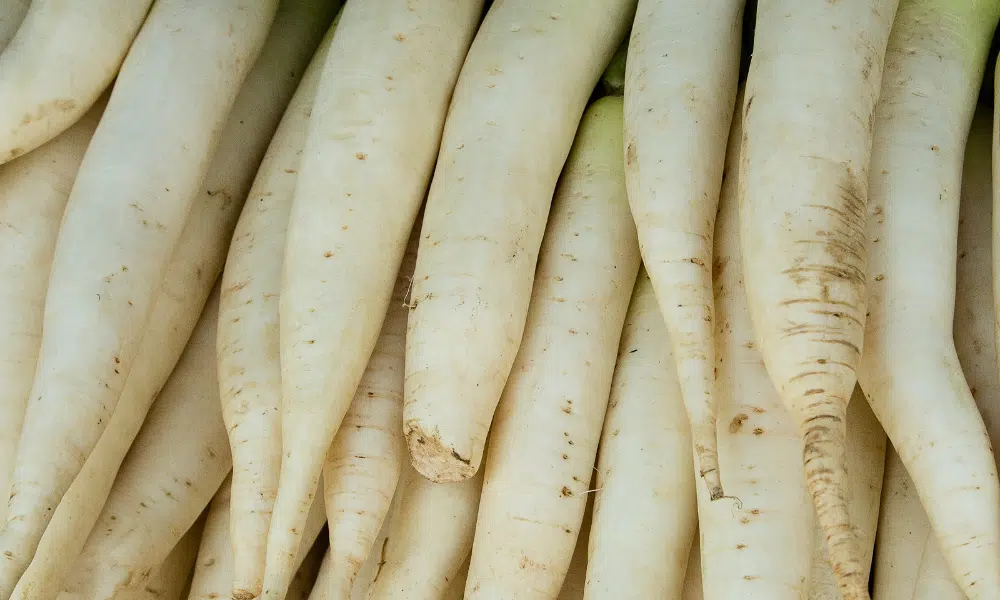
Similarities Between Korean Radish and Daikon
Korean radish and daikon are two of those vegetables that, while different in their own ways, have so many obvious similarities that they can be used interchangeably in pretty much every dish you can imagine using a radish in. Some of these similarities include:
- Bright White Body – Though they may look different when they first come out of the ground, Korean radish and daikon both have a typically bright white body. This similarity is also seen when the ingredients are cooked, offering the same fresh brightness to your dish’s visual presentation. Daikon can come in slightly varying colours, but the most common is the white daikon.
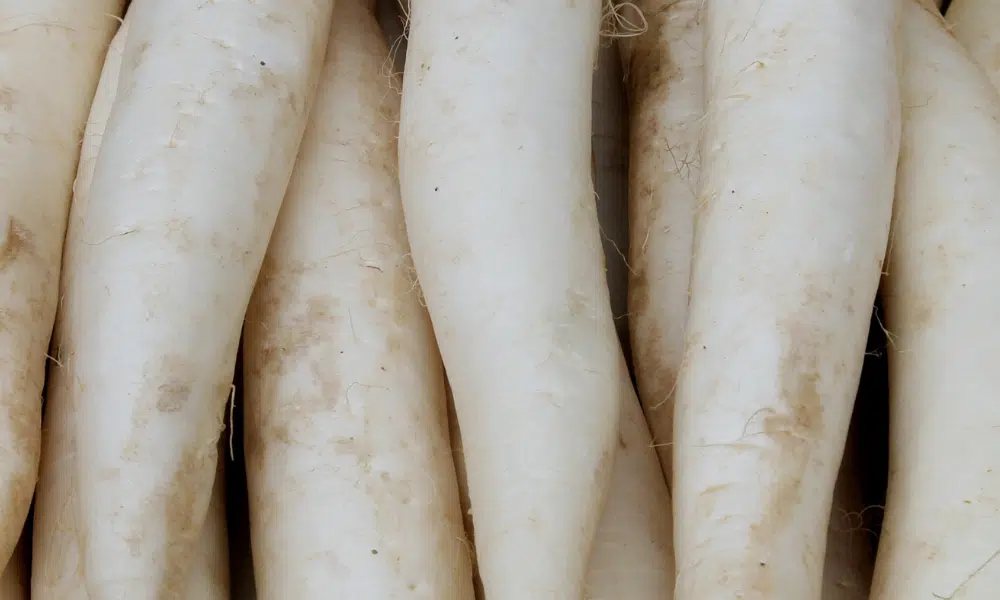
- Crunch Factor – Korean radish and daikon can provide more than just some bright colour to your dish. They are both firm vegetables that are perfectly crunchy when raw and sometimes when cooked, depending on how you cook them. This crunchy texture can make your dish more texturally diverse, which is why Korean radish and daikon are often used in salads.
- Typical Radish Taste – As Korean radish and daikon are both part of the radish family, they share that same spicy, peppery heat that is typical of a radish. Not everyone is a fan of peppery spices because they don’t act in the same way as hot spices. But if you are a fan of regular radishes then you will love Korean radish and daikon.
- Uses – There are a whole variety of dishes across a range of Asian cuisine in which Korean radish or daikon can be used, including kimchi, of course. Their texture is particularly enjoyable in sandwiches or salads while their shared peppery heat can help a dull soup taste much more interesting.
Differences Between Korean Radish and Daikon
There are some vegetables that, while related, are so drastically different from each other that you would never think to mistake them. In the case of Korean radish and daikon, their differences are more underhanded and less obvious:
- Soft Or Firm – When raw, Korean radish and daikon are just as crunchy as one another. However, only Korean radish is able to retain that crunchiness once cooked. Daikon tends to soften up quickly so will only remain crunchy if cooked for a few minutes.
- Level Of Sweetness – Just because Korean radish and daikon are radishes in their own right does not mean that they both taste exactly like the radishes you would expect to find on western supermarket shelves.
- Growth and Length – Daikon is more similar visually to an overgrown parsnip that Korean radish. The radishes may share a colour scheme but daikon grows less stocky and much longer than Korean radish, giving you far more meat for your money.
Korean Radish vs Daikon: Which Wins?
If you had to pick between the two, which would you vote for? We’re putting them against each other in our Korean radish vs daikon poll:
Do You Prefer Korean Radish or Daikon
Korean Radish and Daikon FAQs
Do you have more questions about Korean radishes, daikon and what makes them different? Then have a look at these FAQs:
Yes, although purists would argue otherwise, in most cases, you would not be able to tell whether daikon or Korean radish has been used as they have a similar flavour and texture.
Nothing! Daikon is just another name for mooli. They are the same type of radish.
Acacia may be a freelance writer by day, but they are a food fanatic by night. They are always trying out new recipes or finding different ways to elevate classical dishes. But their biggest culinary aim is to educate others on the basics of the kitchen so that they too can enjoy delicious food.


